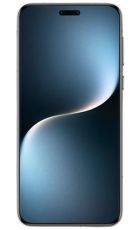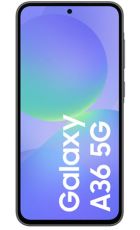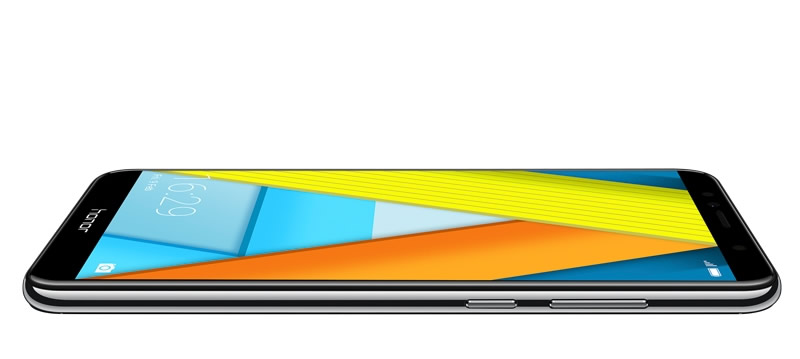
Being on a tight budget used to severely limit your smartphone options, but these days there’s loads of choice and lots of these affordable phones pack in some surprisingly high-end features.
With its 18:9 screen and face scanner yet a price tag of just around £140 on Pay As You Go, the Honor 7A is an example of that, but while it sports some impressive bullet points for the box, the real question is whether it handles the basics well.
For the answer to that, along with everything else you need to know if you’re considering this phone, read on below.
Screen
The Honor 7A makes a good first impression, with its fairly large 5.7-inch screen that has an 18:9 aspect ratio – the same sort of ratio as you’ll find on recent flagships like the Sony Xperia XZ2 and HTC U12 Plus.
Unlike those screens, this one is only 720 x 1440, but that still leads to a respectable pixel density of 282 pixels per inch. So it’s reasonably sharp, especially for the money.
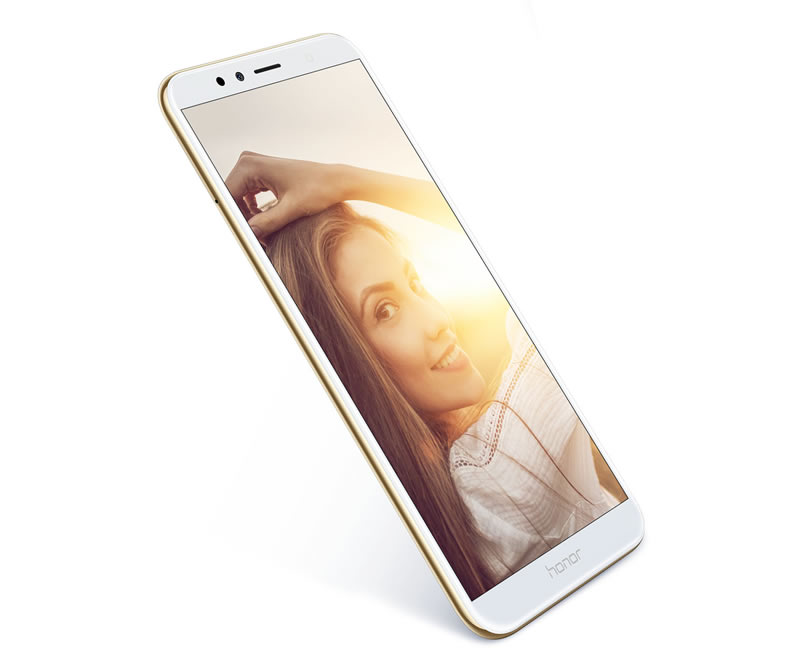
It’s an LCD display and its colours and brightness aren’t quite as good as higher-end phones, but none of that should be much of an issue except when trying to use it in bright sunlight. Otherwise, this is a strong screen for the money and one of the high points of the Honor 7A.
Design
The design of the Honor 7A is strong at first glance but slightly less so when you look closer. The first thing you’ll likely notice is how small the bezels around the screen are. This thing has a 75.4% screen-to-body ratio and while that’s nothing on some high-end phones it’s good for the price and means there’s not too much wasted space.
However, the build of the phone is all plastic, with a coloured back (in black, blue or gold) and a metallic frame.
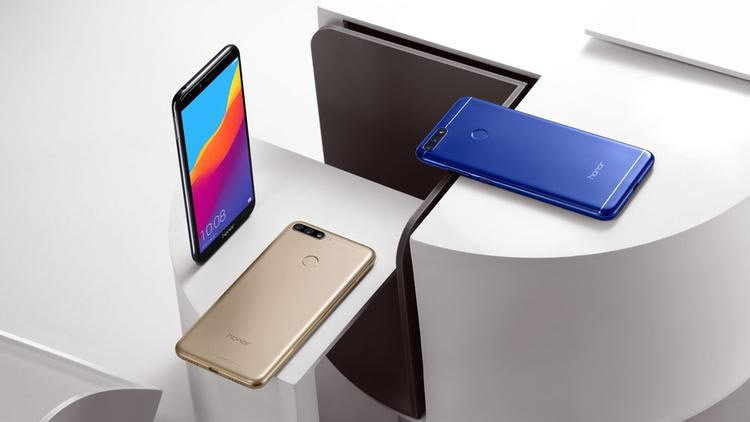
While we don’t exactly expect glass or metal for the money, phones like the Moto E4 Plus have shown that it’s possible to get that. Still, the Honor 7A is roughly in line with what we’d expect.
Power
There’s an octa-core Snapdragon 430 chipset inside the Honor 7A. It has four cores running at 1.5GHz and four running at 1.2GHz. This is one of Qualcomm’s low-end chips, but it’s still octa-core and it’s a fairly recent one, so you might expect solid performance from it, but on the Honor 7A at least that’s not really what you get.
That’s perhaps in part due to the mere 2GB of RAM that it’s coupled with, but the upshot is that this phone struggles with high-end games or with running multiple apps at once.
If you’re a very light user and plan to use this phone mostly for calls, texts and maybe a bit of social media, then you should be absolutely fine, but if you want to pack it full of apps or games or use it like a second computer then the Honor 7A will disappoint.
Camera
The Honor 7A has a 13MP rear camera with an f/2.0 aperture and a dual-tone LED flash – a fairly common feature, but one which helps ensure flash lighting is more natural. Don’t expect much from it though, especially in low light, where it really struggles, despite that flash.
Even in good lighting your photos won’t be anything to write home about, though a handful of extra modes such as HDR do help matters. This isn’t a camera for photographers, even photographers on a budget.
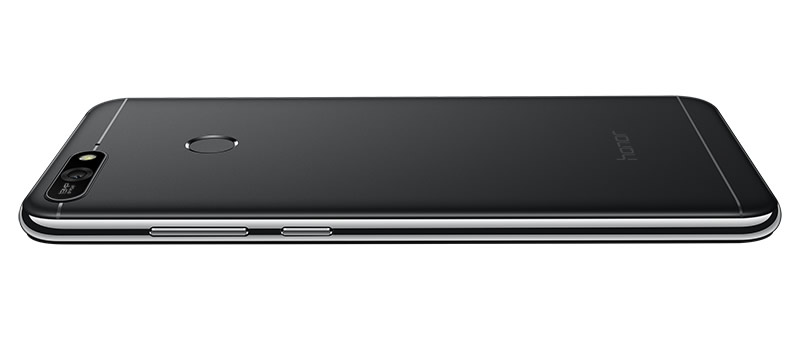
The front-facing camera fares slightly better. This is an 8MP one with an f/2.2 aperture and while shots still aren’t great it has a beauty mode designed to improve selfies (just try not to overdo it with the effects or you’ll end up looking more like an alien) along with an option to use the screen to help light up dim scenes.
Whichever lens you’re using the camera can be slow though, thanks to the lack of power in the Honor 7A itself.
Features
There are a few high-end features in the Honor 7A. As for example it has not only a fingerprint scanner (on the back) but also a face scanner. We doubt the latter is as secure as the former, but it’s nice to have options.
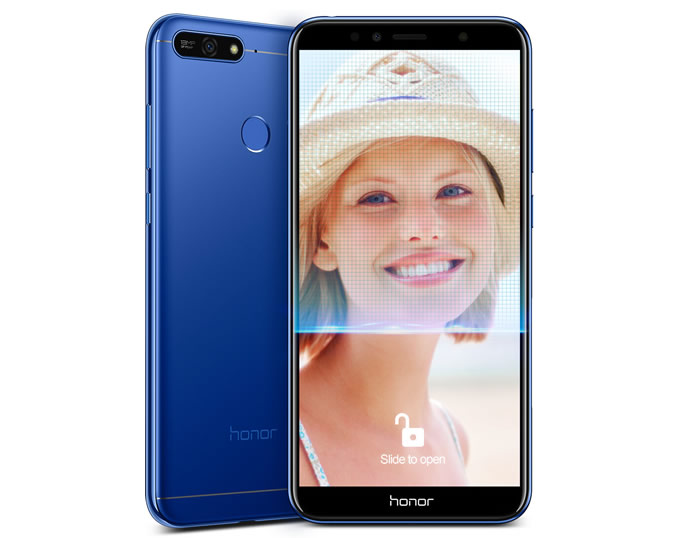
The Honor 7A also runs Android Oreo, so its software is up to date, though it’s overlaid with the company’s EMUI, which is one of the heavier and more divisive overlays you’ll find on Android.
Battery life, memory and connectivity
There’s a 3,000mAh battery in the Honor 7A, which isn’t massive and it’s basic in a lot of ways, as there’s no fast or wireless charging and it uses a micro USB charger rather than the newer USB-C.
It just about lasts a day though, putting in the category of acceptable battery life that so many phones fall into. The company also claims that the high-density of the battery means it will still maintain over 80% of its capacity after 800 full recharges. In other words then it shouldn’t wear out too quickly.
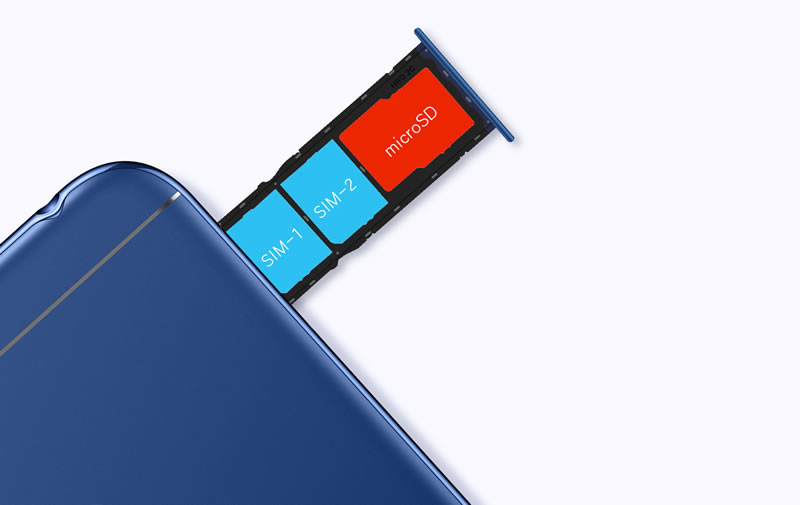
For memory you get 16GB along with a microSD card slot, with support for cards of up to 256GB. Connectivity options meanwhile include 4G and Bluetooth 4.2, but no NFC, so you can’t make contactless payments.
Verdict
The Honor 7A is an odd mix of some high-end features and some areas where it struggles to even manage the basics.
It’s hard to fully recommend, but if you’re on a tight budget and want a good screen and/or a face scanner above all else then it’s a solid choice.
But if you have high performance requirements or plan to take a lot of photos then you’re better off looking elsewhere.










